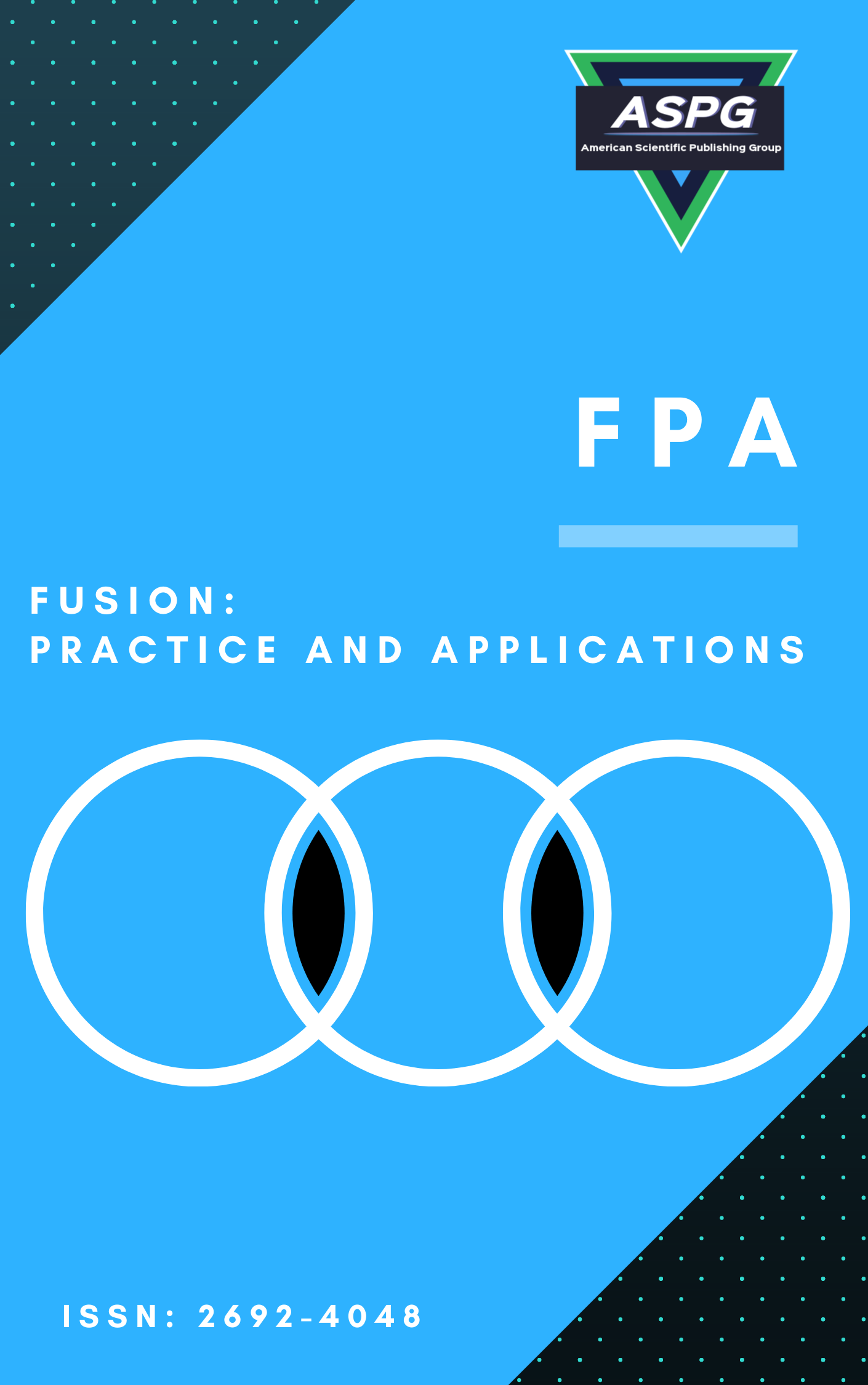

Volume 21 , Issue 1 , PP: 235-244, 2026 | Cite this article as | XML | Html | PDF | Full Length Article
Govindan Rajesh 1 * , Nandagopal Malarvizhi 2
Doi: https://doi.org/10.54216/FPA.210117
Arthritis significantly affects mobility and quality of life due to joint inflammation and dysfunction. Its most common type, rheumatoid arthritis (RA), primarily influences multiple joints and tissues, especially in women aged 30–50. Common symptoms include pain, swelling, and stiffness. The growing prevalence of RA, projected to reach 44 million globally by 2045, underscores the need for advanced diagnostic methods. MRI offers detailed visualization of joint structures, essential for accurate diagnosis. However, current grading systems like OARSI and Kellgren-Lawrence are subjective and prone to variability. This study introduces the KL Grading DeepNetX framework, a deep learning-based model for automated RA grading and classification. The approach integrates image preprocessing and segmentation to extract key features such as joint space narrowing and cartilage thickness. Comparative analysis shows that KL Grading DeepNetX outperforms traditional methods with high precision, sensitivity, specificity, and F1-score. This framework enables earlier, more accurate and efficient detection of arthritis using knee MRI images.
Deep Learning , KL Grading DeepNetX , Joint Space Narrowing , Magnetic Resonance Imaging , Rheumatoid Arthritis
[1] Y. Tanaka, “Rheumatoid arthritis,” Inflammation and Regeneration, vol. 40, Article 20, 2020. [Online]. Available: https://doi.org/10.1186/s41232-020-00133-8.
[2] T. Neogi, “The epidemiology and impact of pain in osteoarthritis,” Osteoarthritis and Cartilage, vol. 21, no. 9, pp. 1145-1153, 2013. [Online]. Available: https://doi.org/10.1016/j.joca.2013.03.018.
[3] N. Akkoc and S. Akar, “Epidemiology of rheumatoid arthritis in Turkey,” Clinical Rheumatology, vol. 25, no. 4, pp. 560-561, 2006. [Online]. Available: https://doi.org/10.1007/S10067-005-0092-2.
[4] A. J. Barr et al., “The relationship between three-dimensional knee MRI bone shape and total knee replacement—a case control study: data from the Osteoarthritis Initiative,” Rheumatology, vol. 55, no. 9, pp. 1585-1593, 2016. [Online]. Available: http://dx.doi.org/10.1093/rheumatology/kew191.
[5] E. K. Lee, E. J. Lee, S. Kim, and Y. S. Lee, “Importance of contrast-enhanced fluid-attenuated inversion recovery magnetic resonance imaging in various intracranial pathologic conditions,” Korean Journal of Radiology, vol. 17, no. 1, pp. 127-141, 2016. [Online]. Available: https://doi.org/10.3348/kjr.2016.17.1.127.
[6] N. Boutry, M. Morel, R. M. Flipo, X. Demondion, and A. Cotten, “Early rheumatoid arthritis: a review of MRI and sonographic findings,” American Journal of Roentgenology, vol. 189, no. 6, pp. 1502-1509, 2007. [Online]. Available: https://doi.org/10.2214/AJR.07.2548.
[7] H. Alder et al., “Computer‐based diagnostic expert systems in rheumatology: where do we stand in 2014?,” International Journal of Rheumatology, vol. 2014, Article ID 672714, 2014. [Online]. Available: https://doi.org/10.1155/2014/672714.
[8] S. Murakami, K. Hatano, J. Tan, H. Kim, and T. Aoki, “Automatic identification of bone erosions in rheumatoid arthritis from hand radiographs based on deep convolutional neural network,” Multimedia Tools and Applications, vol. 77, pp. 10921-10937, 2018. [Online]. Available: https://doi.org/10.1007/s11042-017-5449-4.
[9] B. Stoel, “Use of artificial intelligence in imaging in rheumatology–current status and future perspectives,” RMD Open, vol. 6, no. 1, p. e001063, 2020. [Online]. Available: https://doi.org/10.1136/rmdopen-2019-001063.
[10] D. L. Scott, F. Wolfe, and T. W. J. Huizinga, “Rheumatoid arthritis,” The Lancet, vol. 376, no. 9746, pp. 1094–1108, Sep. 2010. [Online]. Available: https://doi.org/10.1016/s0140-6736(10)60826-4.
[11] J. C. Buckland-Wright, D. G. Macfarlane, J. A. Lynch, M. K. Jasani, and C. R. Bradshaw, “Joint space width measures cartilage thickness in osteoarthritis of the knee: high resolution plain film and double contrast macroradiographic investigation,” Annals of the Rheumatic Diseases, vol. 54, no. 4, pp. 263-268, 1995. [Online]. Available: https://doi.org/10.1136/ard.54.4.263.
[12] S. More, J. Singla, A. Abugabah, and A. A. Alzubi, “Machine Learning Techniques for Quantification of Knee Segmentation from MRI,” Complexity, vol. 2020, 2020. [Online]. Available: https://doi.org/10.1155/2020/6613191.
[13] A. Antony, J. Smith, and Y. Zhang, “A convolutional neural network approach for rheumatoid arthritis severity assessment using X-ray images,” Journal of Medical Imaging and Diagnosis, vol. 35, no. 4, pp. 220–230, 2018.
[14] Y. Zhao, X. Li, and Q. Chen, “A multi-layer deep learning architecture for analyzing MRI images of rheumatoid arthritis,” International Journal of Medical Imaging, vol. 27, no. 2, pp. 145–155, 2020.
[15] S. M. Ahmed and R. J. Mstafa, “Identifying severity grading of knee osteoarthritis from x-ray images using an efficient mixture of deep learning and machine learning models,” Diagnostics, vol. 12, no. 12, p. 2939, 2022. [Online]. Available: https://doi.org/10.3390/diagnostics12122939.
[16] X. Liu, Z. Zhang, and Q. Huang, “Enhancing knee joint analysis through texture‑based feature extraction and CNNs,” IEEE Transactions on Biomedical Engineering, vol. 69, no. 9, pp. 2890–2900, 2022.